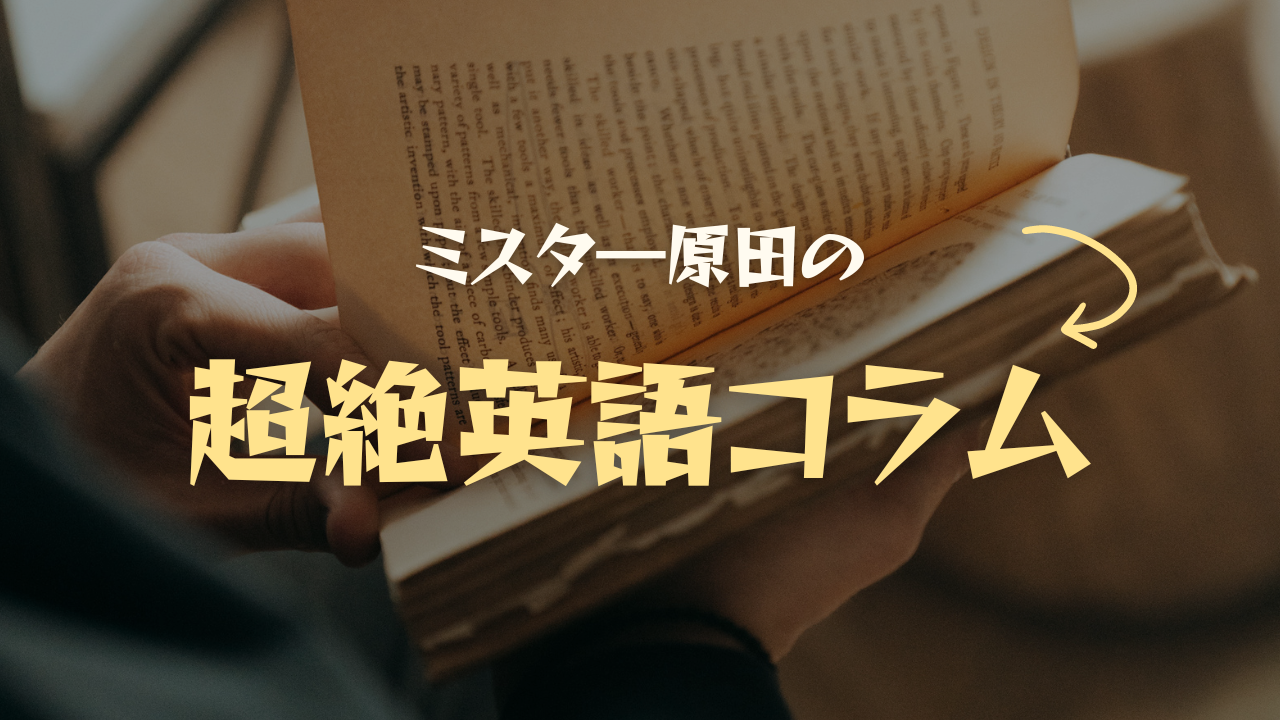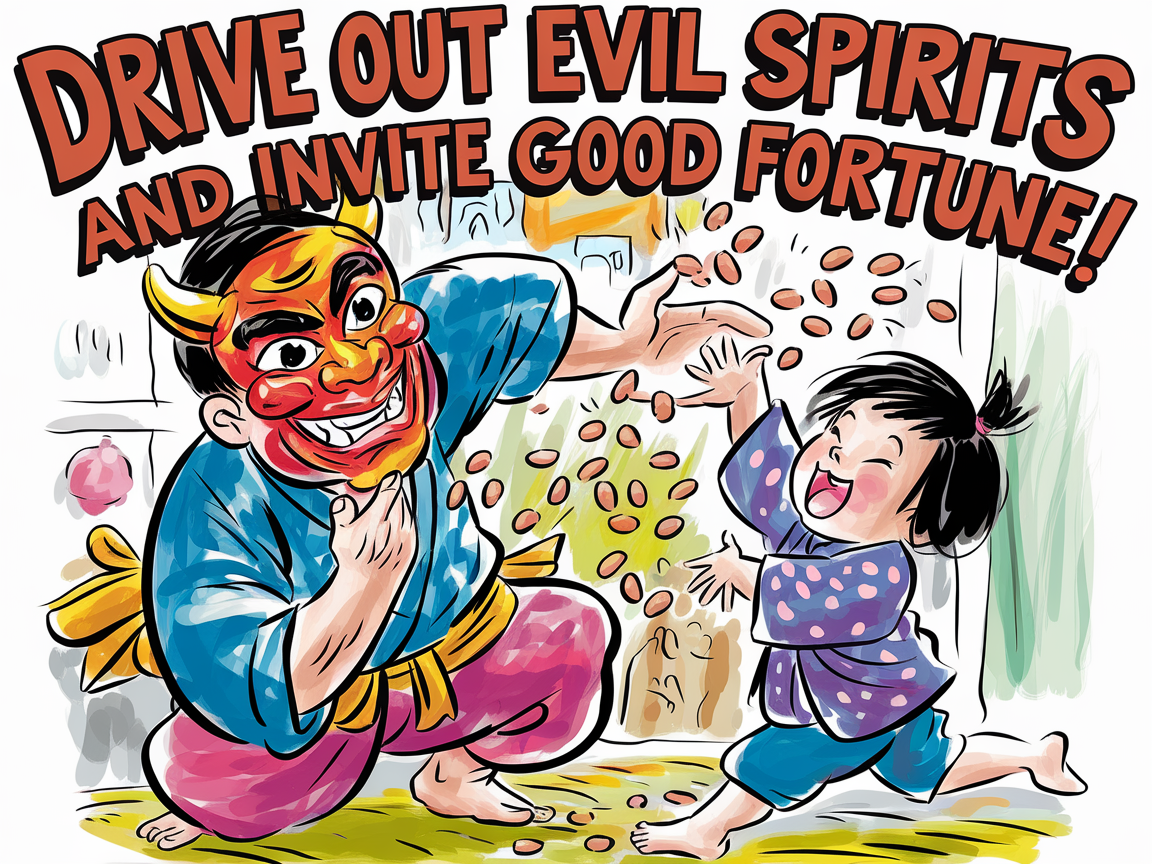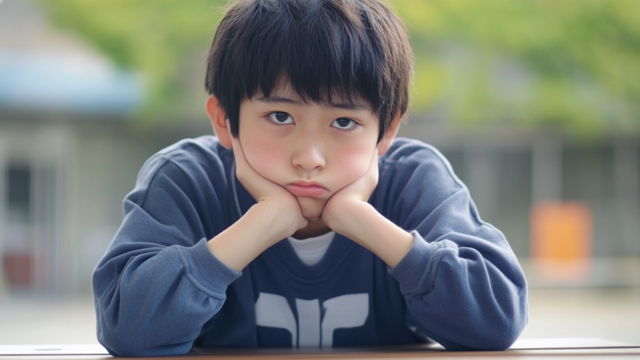
豆まき・節分を英語で言うと?2025年の節分は2月2日(日)!
英語には「bean throwing(ビーン・スローイング)」という表現がある。直訳すると「豆を投げる」となるが、日本の節分の豆まき行事を指す。この独特な習慣は、海外の人々にとって興味深い文化的現象として知られている▼節分は「Setsubun(セツブン)」として英語でも通じる。「division of seasons(季節の分かれ目)」と説明されることが多い。2025年の節分は2月2日で、通常の2月3日から1日ずれる珍しい年となる▼豆まきの掛け声「Oni wa soto, fuku wa uchi(鬼は外、福は内)」も、そのままローマ字で表記されることが多い。この行事を英語で説明する際、「drive out evil spirits and invite good fortune(悪霊を追い払い、幸運を招く)」というフレーズがよく使われる▼興味深いのは、この習慣が日本独自のものであることだ。欧米には類似の風習がないため、「unique Japanese custom(独特な日本の習慣)」として紹介される。外国人観光客の中には、この行事に参加することを「bucket list(バケットリスト)」に入れる人もいるという▼節分に関連して、「lucky direction(恵方)」という概念も外国人には新鮮に映るようだ。2025年の恵方は「west-southwest slightly west(西南西やや西)」とされる。方角を向いて無言で恵方巻きを食べる習慣は、英語で「eating eho-maki in silence(無言で恵方巻きを食べる)」と表現される▼日本の伝統行事は、グローバル化が進む中でも独自の魅力を放っている。「bean throwing」という一見シンプルな行為の中に、日本人の季節感や厄除けの思想が凝縮されているのだ。海外の人々にとっては、日本文化を体験する絶好の機会となっている。時に豆を投げることも美徳となる。そんな独特な文化も、国際交流の場では貴重な話題となるのかもしれない。

【英語訳】How do you say “Mamemaki” and “Setsubun” in English? In 2025, Setsubun will fall on Sunday, February 2!
In English, you’ll often hear the term “bean throwing,” which—taken literally—means “throwing beans” and refers specifically to the Setsubun bean-throwing ritual in Japan. This unique custom is widely recognized abroad as a fascinating cultural phenomenon.
The term “Setsubun” itself is generally used in English and is frequently explained as the “division of seasons.” Notably, in 2025, Setsubun will occur on February 2, a rare deviation from the usual February 3 date.
The traditional chant, “Oni wa soto, fuku wa uchi” (“Demons out, fortune in”), is typically presented in its romanized form. When describing this event in English, it’s common to say that it serves to “drive out evil spirits and invite good fortune.”
What makes this ritual even more interesting is its distinctly Japanese origin. With no Western equivalent, it’s often introduced as a “unique Japanese custom.” In fact, some foreign tourists even list participation in this event on their bucket lists.
Related to Setsubun is the concept of the “lucky direction,” which also strikes many foreigners as a novel idea. For 2025, the lucky direction is said to be “west-southwest, slightly west.” The practice of facing this direction while silently eating an eho-maki (a special type of sushi roll) is commonly described in English as “eating eho-maki in silence.”
Japanese traditional festivals continue to radiate a distinctive charm even in today’s globalized world. Within the seemingly simple act of “bean throwing” lies a rich expression of seasonal awareness and a philosophy aimed at warding off misfortune. For many from abroad, this event is the perfect opportunity to experience an authentic slice of Japanese culture. Sometimes, even throwing beans becomes an act imbued with meaning—and such unique traditions often spark lively conversations in international settings.







